THE NORMAN
CONQUEST
Critical Issues in History
Consulting Editor: Donald T. Critchlow
Editorial Advisory Board
Paula Baker, University of Pittsburgh Paul Bushkovitch, Yale University Paul Cobb, University of Notre Dame Jane DeHart, University of California, Santa Barbara William Rorabaugh, University of Washington James Tracy, University of Minnesota Allan Winkler, Miami University of Ohio
The Vikings: Wolves of War
by Martin Arnold
The Unfinished Struggle: Turning Points in American Labor History, 1877Present
by Steven Babson
Magic and Superstition in Europe: A Concise History from Antiquity to the Present
by Michael D. Bailey
Conceived in Liberty: The Struggle to Define the New Republic, 17891793
by Lance Banning
War and Genocide: A Concise History of the Holocaust
by Doris L. Bergen
Peter the Great
by Paul Bushkovitch
A Concise History of Hong Kong
by John M. Carroll
Remaking Italy in the Twentieth Century
by Roy Palmer Domenico
A Concise History of Euthanasia: Life, Death, God, and Medicine
by Ian Dowbiggin
The Idea of Capitalism before the Industrial Revolution
by Richard Grassby
The Evolutionists: American Thinkers Confront Charles Darwin, 18601920
by J. David Hoeveler
The New Concise History of the Crusades
by Thomas F. Madden
The Great Encounter of China and the West, 15001800, 2nd ed.
by D. E. Mungello
The British Imperial Century, 18151914: A World History Perspective
by Timothy H. Parsons
Europes Reformations, 14501650: Doctrine, Politics, and Community, 2nd ed.
by James D. Tracy
Americas Great War: World War I and the American Experience
by Robert H. Zieger
THE NORMAN
CONQUEST
England after William the Conqueror
HUGH M. THOMAS

ROWMAN & LITTLEFIELD PUBLISHERS, INC.
Published in the United States of America
by Rowman & Littlefield Publishers, Inc.
A wholly owned subsidiary of The Rowman & Littlefield Publishing Group, Inc.
4501 Forbes Boulevard, Suite 200, Lanham, Maryland 20706
www.rowmanlittlefield.com
Estover Road, Plymouth PL6 7PY, United Kingdom
Copyright 2008 by Rowman & Littlefield Publishers, Inc.
All maps by Andrew Lowerre
All rights reserved. No part of this publication may be reproduced, stored in a retrieval system, or transmitted in any form or by any means, electronic, mechanical, photocopying, recording, or otherwise, without the prior permission of the publisher.
British Library Cataloging in Publication Information Available
Library of Congress Cataloging-in-Publication Data
Thomas, Hugh M.
The Norman conquest : England after William the Conqueror / Hugh M. Thomas.
p. cm. (Critical issues in history)
Includes bibliographical references and index.
ISBN-13: 978-0-7425-3839-9 (cloth : alk. paper)
ISBN-10: 0-7425-3839-7 (cloth : alk. paper)
ISBN-13: 978-0-7425-3840-5 (pbk. : alk. paper)
ISBN-10: 0-7425-3840-0 (pbk. : alk. paper)
1. Great BritainHistoryNorman period, 10661154. 2. NormansGreat Britain. 3. Great BritainHistoryWilliam I, 10661087. 4. William I, King of England, 1027 or 81087. 5. Great BritainCivilizationFrench influences. I. Title.
DA195.T48 2008
942.02'1dc22
2007020161
Printed in the United States of America
 The paper used in this publication meets the minimum requirements of American National Standard for Information SciencesPermanence of Paper for Printed Library Materials, ANSI/NISO Z39.48-1992.
The paper used in this publication meets the minimum requirements of American National Standard for Information SciencesPermanence of Paper for Printed Library Materials, ANSI/NISO Z39.48-1992.
CONTENTS
ILLUSTRATIONS
MAPS
SIMPLIFIED GENEALOGIES
FIGURES
ACKNOWLEDGMENTS
I would like to thank the editors, Donald Critchlow and Susan McEachern, for inviting me to write this volume in their series. I have long wanted to write for a more general audience, and this has given me an opportunity to do so earlier than I expected.
I have incurred a number of other debts as well. The librarians at Richter Library at the University of Miami have continued to help me obtain the needed resources. The following students in my classes have read one or more chapters and provided feedback: Charles Azcuy, Adam Bates, Michelle Benitez, Roland Betancourt, Kristien Mark Boyle, Rachael Burg, Chris Clements, Karina Dearwood, Kate Drescher, Rachelle Durand, Dimitri Gatis, Adam Gibb, Cyrus Girson, Benjamin Gordon, Jane Graham, John Hoyes, Zachary Johnson, Lance Kiss, Sari Lando, Amy Lanham, Bob Larson, Nick Leyden, Theresa Lima, Jason Mannion, Jason Martorella, Natalia Medina, Josh Miller, Retzfellah Mortimer, Yasser Navarrete, Jasmin Nuez, Freddie Ordoez, Jacqlyn Pallagi, Darleen Patacchia, Melissa Perez, Nydia Perez, Michael Pitta, Alexis Placencia, Keely Portz, Nick Poulos, Aishwarya Reddy, Katie Reed, Yonner Richert, John Robertson, Cristian Rodriguez, Manelle St. Hilaire, Junko Saito, Therese Savona, Jennifer Scott, Vivian Siu, Greg Speier, Ben Stearns, Elizabeth Tedford, Stephen Treadway, and Wendell Waters. It is both humbling and gratifying to get excellent advice from ones students. Bob Stacey has also provided valuable guidance, and Michael Clanchy has made some useful suggestions. The production staff at Rowman & Littlefield was both helpful and efficient. My children have provided perspective and good cheer throughout the process of writing this book. Needless to say, all remaining shortcomings and errors remain my own.

Map 1. England

Map 2. Normandy and Surrounding Regions
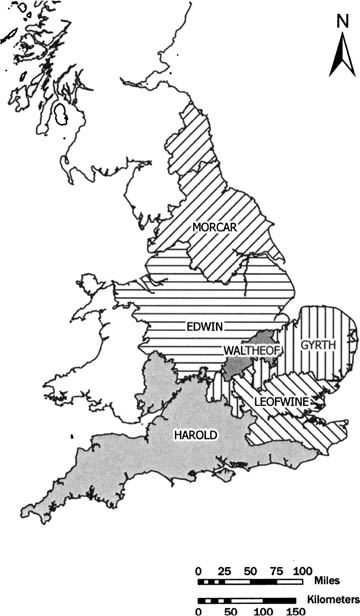
Map 3. English Earldoms at the Death of Edward the Confessor
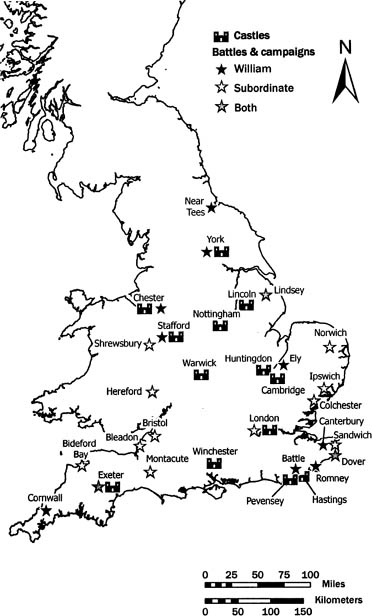
Map 4. William the Conquerors Castles and Campaigns
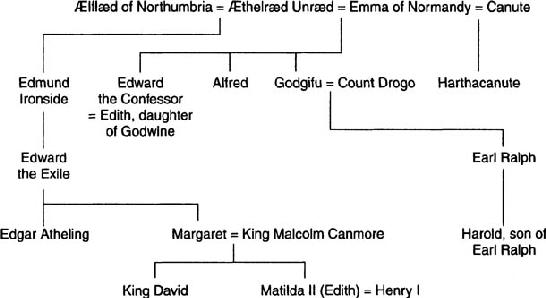
Genealogy 1. Edward the Confessors Family
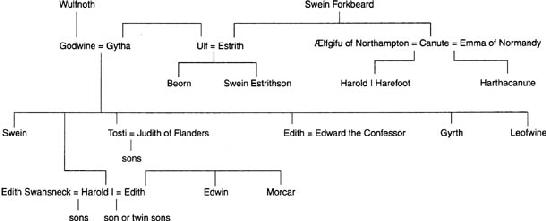
Genealogy 2. The Families of Godwine and Canute
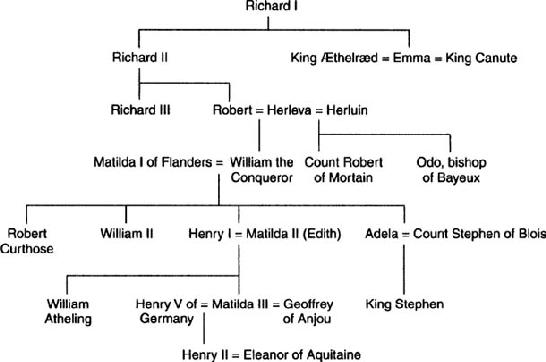
Genealogy 3. The Family of William the Conqueror
INTRODUCTION: CONTINGENCY, WARFARE, AND HISTORY
When W. C. Sellar and R. J. Yeatman published 1066 and All That their comic history of Englandin 1931, they promised to include 103 good things, 5 bad kings, and 2 genuine dates. As the title indicates, one of those dates was 1066, the year in which William the Conqueror seized the English crown. The year 1066 has always been a major date in English history, as famous as 1776 is for the United States, because historians have long considered the Norman Conquest pivotal. This was especially true for earlier generations of historians. For many of them, battles, great men, and political institutions constituted the true stuff of history. The Norman Conquest featured a larger-than-life conqueror, William of Normandy, and the hard-fought and decisive Battle of Hastings. Many historians argued that it introduced what they saw as the central institution of feudalism. Altogether, the Norman Conquest had most of the features that early generations of professional historians believed shaped history. It followed, in their view, that the impact of the conquest must have been profound.
Next page

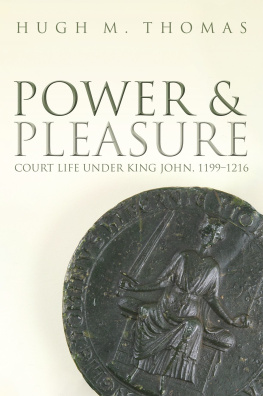
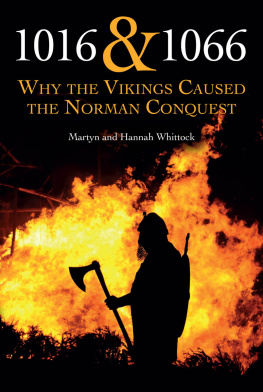
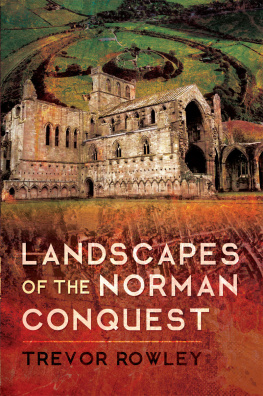

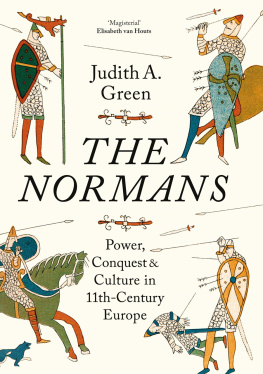

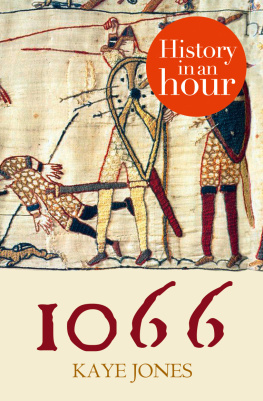
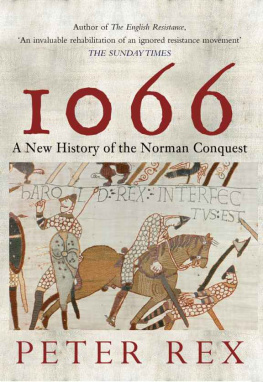
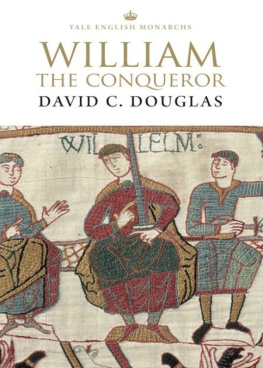

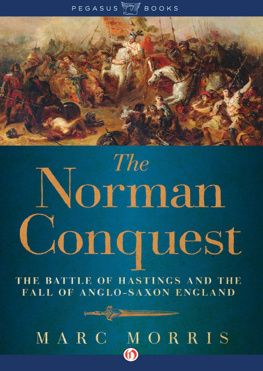

 The paper used in this publication meets the minimum requirements of American National Standard for Information SciencesPermanence of Paper for Printed Library Materials, ANSI/NISO Z39.48-1992.
The paper used in this publication meets the minimum requirements of American National Standard for Information SciencesPermanence of Paper for Printed Library Materials, ANSI/NISO Z39.48-1992.





